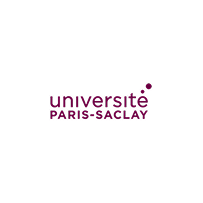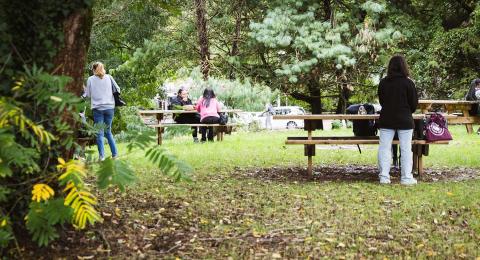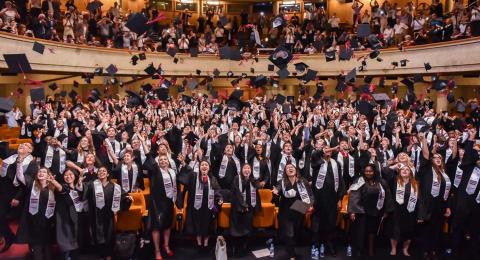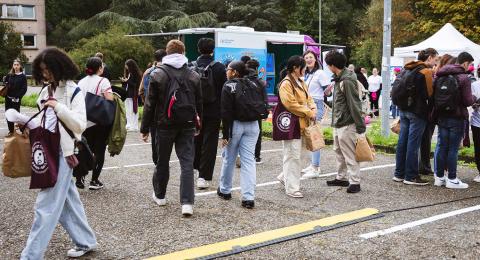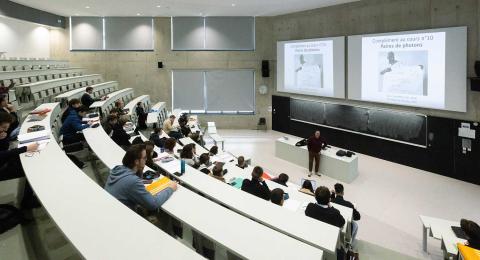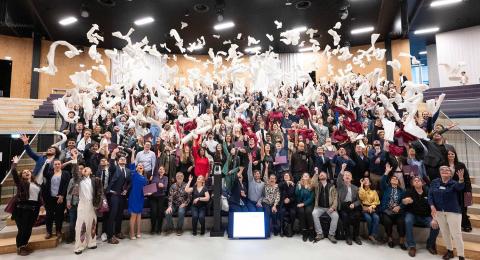Human Movement & Sport Sciences: Adapted Physical Activity and Health
Information
Learning outcome targets
The main objective of this course is to educate public health engineers who are specialists in human movement (STAPS), as well as paramedics and doctors in analysis and research concerning difficulties linked to age, illness or disability in order to provide expert analysis, make suggestions and contribute to the implementation of adapted technical solutions to prevent decompensation, promote, maintain and/or re-establish conditions of mobility and social or professional integration.The specific objective is therefore to help establish, in a context of information sharing, a functional diagnosis in a given environment and to propose practical solutions in terms of adapted individual or collective assistance or environmental planning.General student profile and objectives:Entry: students come from the STAPS specialisation, with an APA-S specialisation, or from a medical and/or paramedical background, with a good knowledge of human movement, special needs groups and the problems of adaptation and mobility within these groups.Outcome: graduate students are able to design, lead, coordinate, implement, manage, evaluate and disseminate adapted and/or innovative projects in the field of health and adapted physical activities, based on a reflective and objective analysis which takes into account the challenges, problems and the complexity of a request or a situation.Main disciplinary fields found within the training: physiology, psychology, neuroscience, motor control, anatomy.The relevance of the science programme: The whole programme is approached from a scientific angle, with reference research work in each disciplinary field acting as a foundation. The scientific relevance of the programme is therefore due to the strong correlation between training and research. This is essential in the training. In fact, all Master's degrees atUPSaclay are research-based training courses aimed at completing a thesis, as well as integration into the socio-economic world at a Bac+5 level. This research support, which forms the foundation of the training, is made up of the teaching team and the host teams during a project or a work placement, and also includes several laboratories.The three pathways are led by teacher-researchers from research laboratories in the Paris-Saclay area who have recognition in the subjects covered by the course. As a result, the course is linked to many research laboratories: CIAMS, TEC, ENDICAP, HANDIReSP, LPP, EDA, UBIAE, INSERM, VIMA Aging and chronic diseases, pathophysiology and clinical pharmacology ofpain, etc.In addition, all students, whether they complete a professional or research work placement, must complete a research-orientated dissertation followed by an EC from the various laboratories linked to the course. These work placements are therefore an opportunity to create very strong links with the world of research at a local, regional and international level.Generally speaking, the link between training and research is performed by the teaching team, which is composed essentially of teacher-researchers from two laboratories and partners from the socio-economic world. As a result, subjects related to the different courses are proposed to students, and students contribute to the proposal of the protocol, to its implementation (partial or total) and to the collection of data and its interpretation on accessible and realistic issues. Material is also acquired by the school to support this link between training and research as a result of calls for educational projects from Paris-Saclay in particular.In addition to carrying out the work placement and research dissertation, which make up the largest share of the ECTS credits in the model dedicated to training through research, many UEs are set up to help develop the key skills of training through research. In fact, many lectures are closely linked to research either because the lecturers are teacher-researchers presenting recent results in their field, or because

